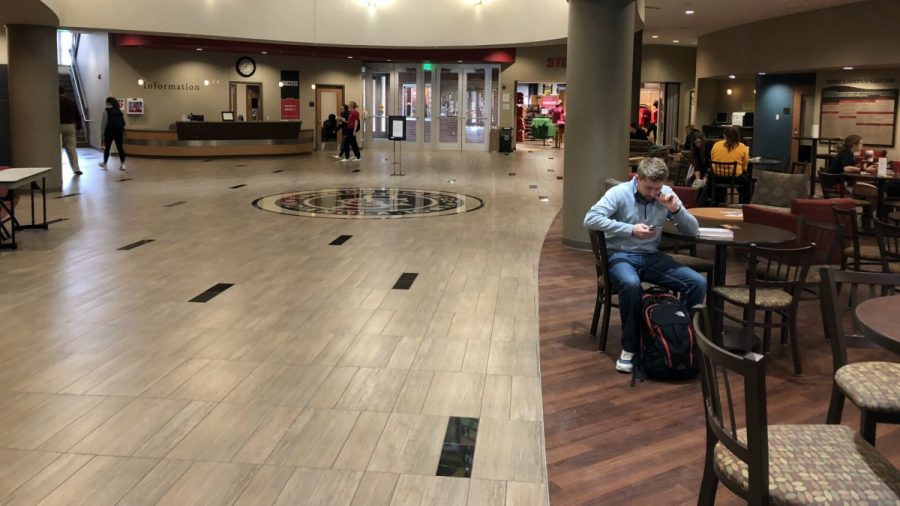Who’s in the money
March 31, 2005
Few people associated with liberal arts colleges receive a six-figure salary, have the use of a car and live in a
rent-free house, but those are some of the many advantages that come with being the top official at Simpson
College.
As part of his compensation package, current President R. Kevin LaGree lives in Sigler House free of rent
and has the use of a car. He’s also refunded for any expenses related to the presidency.
LaGree received a salary raise of 4.1 percent for the 2003-04 academic year, bringing his salary to $176,985.
LaGree’s total compensation, including benefits and expenses, was $199,640.
This data comes from the IRS Form 990, which is made available to the public every year.
“Everybody who gets a raise has a job to do,” said Steve Weeber, chairman of the board of trustees. “People
may think that presidents are different from everyone else, but they aren’t.”
As the highest-paid employee of Simpson College, LaGree makes $60,000 more than the next highest-paid
employee, Bruce Haddox, vice president and dean for academic affairs.
Haddox received the highest raise of the top-paid administrators, though, at 8.7 percent.
According to Weeber, Simpson slowly and carefully considers salaries and raises.
“What we do annually is sit down and compare ourselves across the scale of salaries and incomes with other
institutions of our size in the Midwest with the very purpose of making sure that we’re where we need to be and
we’re not falling behind other institutions,” Weeber said.
According to Adam Voigts, assistant vice president for business services/controller, administrators usually
receive raises equal to those of faculty members.
“At the administration level, it’s assumed that whatever percentage increase, the three percent or four
percent, is going to be what everybody is going to get,” Voigts said.
However, some faculty members receive higher-than-average raises.
“On an individual basis, it’s usually brought about on a recommendation from that vice president, and then it
goes to the cabinet and they make a decision at the cabinet level,” Voigts said.
The average salary increase in 2003-04 for the seven vice presidents and president of Simpson College was
5.7 percent.
Surprisingly, some faculty members were paid more in 2003-04 than a few of the college vice presidents.
Fred Jones, professor of sociology and criminal justice, received $102,228, the sixth-highest salary during that
year, and Professor of Economics Frank Colella was paid $94,188, the ninth highest, according to the 990 Form.
The Chronicle of Higher Education reported the average pay for U.S. faculty members of all ranks at liberal
arts colleges in 2003-04 was $63,263.
The average salary of the 84 full-time faculty members for that period at Simpson was $52,404, according to
Haddox.
Although the salary of faculty members at Simpson was lower than the nationwide average, the raise
Simpson employees received, four percent, was higher.
Salaries also depend on what field a professor teaches in.
“It costs more money to hire computer science and business faculty members than to hire humanities and
fine arts faculty members,” Haddox said. “That’s just how it is. Some people will be paid more than others, but I
work hard for equity here.”





